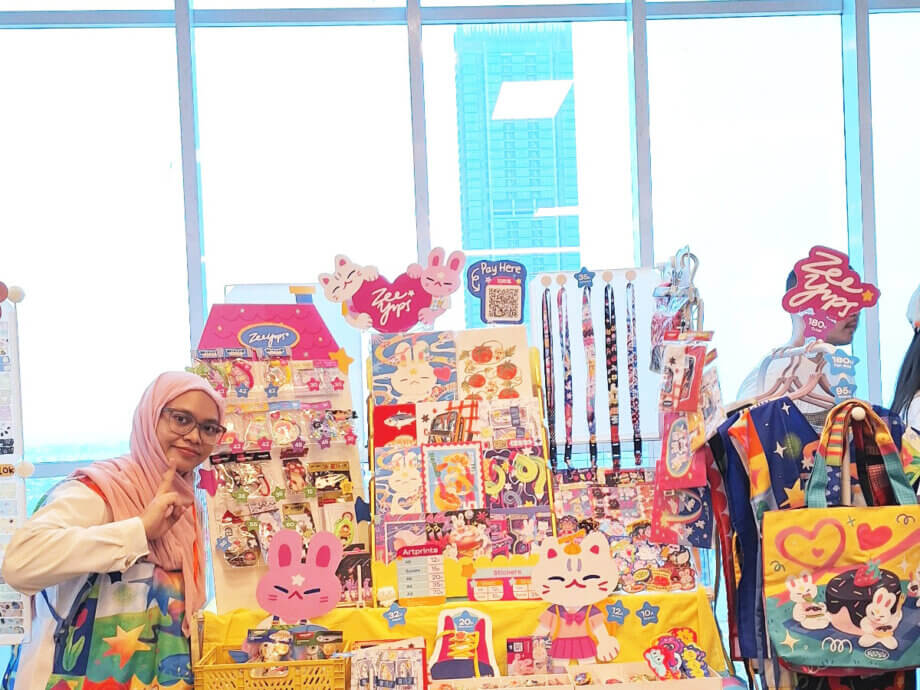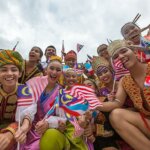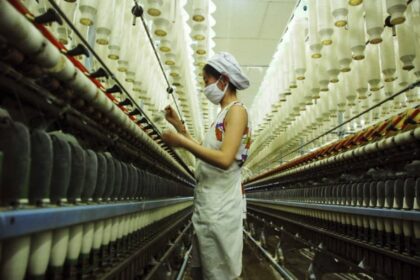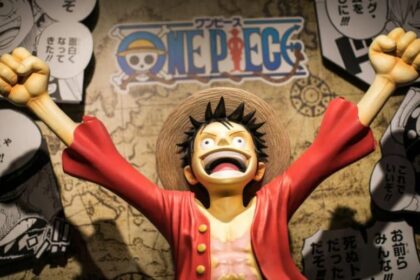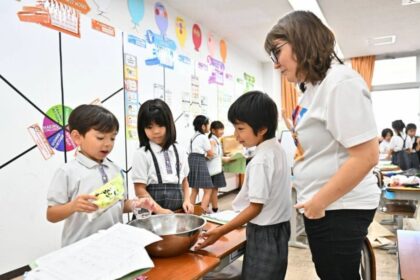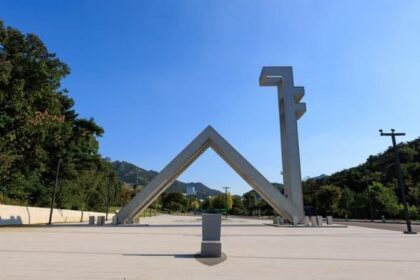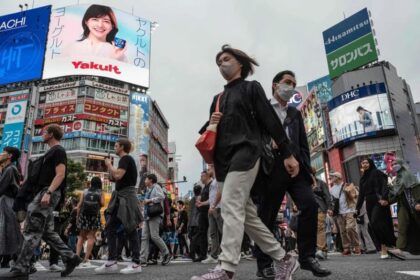Jakarta’s Indie Art Markets: A New Creative Frontier
Jakarta, Indonesia’s sprawling capital, is not just a city of skyscrapers and traffic jams—it is also the beating heart of a vibrant, fast-growing creative economy. While traditional galleries and established art fairs like Art Jakarta continue to play a role, the real energy and innovation are found in the city’s indie art markets. Among these, Comic Frontier—better known as Comifuro—stands out as a cultural phenomenon, drawing tens of thousands of visitors and creators from across the archipelago.
- Jakarta’s Indie Art Markets: A New Creative Frontier
- What Makes Comifuro and Indie Art Markets Unique?
- The Evolution of Jakarta’s Indie Art Scene
- Jakarta’s Creative Economy: Growth, Impact, and Opportunity
- From Local to Global: Indonesia’s Creative Industry on the World Stage
- Other Notable Indie Art Markets in Jakarta
- In Summary
Comifuro, held twice a year at the Indonesia Convention Exhibition (ICE) in Tangerang, has evolved from a niche student event into Indonesia’s leading indie art showcase. It is a place where cosplay, fan art, original illustrations, and creative entrepreneurship collide, creating a melting pot of ideas and opportunities. But Comifuro is just the tip of the iceberg. Jakarta’s indie art market scene is a dynamic ecosystem, nurturing new talent, fostering collaboration, and driving the city’s creative economy to new heights.
What Makes Comifuro and Indie Art Markets Unique?
To the uninitiated, Comifuro might appear to be just another cosplay convention, with attendees dressed as their favorite anime, manga, or game characters. But a closer look reveals a bustling marketplace where over 1,000 creators set up shop, selling everything from zines and prints to keychains and custom merchandise. The event now attracts more than 50,000 visitors per edition, a testament to its growing influence and appeal.
What sets Comifuro apart is its focus on accessibility and community. Unlike traditional galleries, which can be intimidating or exclusive, indie art markets like Comifuro are open, welcoming spaces where beginners and seasoned artists alike can showcase their work, connect with fans, and learn from each other. As Sudwi Karyadi, a project officer for Comifuro, explains:
“It’s really just a melting pot of ideas, somewhere people can express themselves freely.”
This spirit of openness has made Comifuro a proving ground for Jakarta’s new wave of creatives. It is not just a place to sell art—it is a space for mentorship, collaboration, and inspiration.
The Evolution of Jakarta’s Indie Art Scene
Comifuro’s journey began in 2012 as a student-led program within Universitas Indonesia’s Gelar Jepang, a Japanese cultural festival. With just 35 artists and 1,500 visitors, it was a modest start. But the event quickly gained traction, expanding to 780 exhibitors and 25,000 attendees by 2020. The move to ICE in Tangerang was necessary to accommodate the surge in interest, and today, Comifuro occupies multiple halls, rivaling major conventions in scale and scope.
The success of Comifuro has inspired a wave of similar events across Jakarta and beyond. Markets like Artket, Kira Kira Art Market, Tomo Land, and others now provide platforms for artists with diverse interests—from Japanese pop culture to K-pop, illustration, and beyond. Each market has its own unique flavor and audience, but all share a commitment to supporting local talent and fostering creative exchange.
Beyond Commerce: Community and Collaboration
For many artists, these markets are more than just commercial opportunities. They are spaces for learning, networking, and emotional support. Gabby, an artist known as nosleeps.co, highlights the importance of in-person events:
“You can only do so much in the vastness of the digital space. Art markets give creators a passionate audience and brand awareness.”
Artists often form lasting friendships and collaborations through these events. Catherine, from the Calon Builiuner booth, describes how markets become mentorship zones:
“We meet other creators, trade art and learn how to turn our passion into an entrepreneurial effort from senior artists.”
This sense of community is echoed by Natali (una.done on Instagram), who sees the markets as a circular economy:
“I get paid to do art commissions in these events, but I end up paying for commissions by other cool artists too, learning from them along the way.”
Jakarta’s Creative Economy: Growth, Impact, and Opportunity
The rise of indie art markets is part of a broader transformation in Jakarta’s creative economy. According to research by the British Council, the creative industry contributed around Rp1,134.9 trillion (approximately $73 billion) to Indonesia’s economy in 2020, accounting for 7.35% of the country’s GDP. In Jakarta alone, the sector contributed Rp256.45 trillion (about $16.4 billion) in 2018. These figures reflect not just direct sales of art and creative products, but also a multiplier effect across related industries—printing, packaging, logistics, marketing, and more.
Jakarta’s creative sector encompasses a wide range of fields, including architecture, fashion, film, games, graphic design, photography, and publishing. The city’s status as a cultural melting pot, combined with improved infrastructure and digital connectivity, has fueled the growth of creative hubs and alternative entertainment options. Events like the Jakarta Art Book Fair and the proliferation of indie art markets have made it easier for artists to reach new audiences and for fans to discover unique, locally made works.
Lowering Barriers, Expanding Access
One of the key factors driving the growth of Jakarta’s indie art scene is the increasing accessibility of art production and distribution. Local vendors now offer affordable printing and merchandise services, often with storefronts on popular e-commerce platforms. This has lowered the barriers for aspiring artists, who can start selling prints or stickers with a modest budget, or invest more in custom products as their business grows.
Mutiara, the artist behind Zeeyups, notes the flexibility and support available:
“There are so many vendors to work with for printing posters or making trinkets like keychains using your art now, and they have storefronts on popular e-commerce platforms.”
Senior artists often help newcomers connect with trusted vendors, and budgets can be tailored to individual needs. Whether producing a small batch of stickers or a run of custom bags, artists can participate in the community and build their brand at their own pace.
From Local to Global: Indonesia’s Creative Industry on the World Stage
Jakarta’s indie art markets are not just local phenomena—they are part of a larger movement that is putting Indonesian creativity on the global map. The country’s creative industry spans 17 sub-sectors, from music and film to video games, comics, and design. Indonesian artists and creators are gaining international recognition, with achievements like the heavy metal band Voice of Baceprot performing at Glastonbury Festival, and local filmmakers and game developers earning accolades abroad.
The government has recognized the potential of the creative sector and is taking steps to support its growth. Initiatives include streamlining event permits, supporting participation in international conventions, and fostering collaboration between creative hubs. As President Joko Widodo recently stated, reducing bureaucratic hurdles is key to enabling more creative events and making it easier for artists to thrive.
Challenges and the Road Ahead
Despite its successes, Indonesia’s creative economy faces challenges. While the sector’s absolute contribution to the economy is rising, its relative share has declined slightly in recent years. Economists suggest that the industry needs to focus on higher value-added products—such as software, gaming, design services, and film—to create better-paying jobs and boost exports. Expanding the reach of Indonesian creative products to international markets is seen as a crucial next step.
Nevertheless, the foundations are strong. Jakarta’s indie art markets have demonstrated the power of grassroots creativity, community support, and entrepreneurial spirit. With continued investment, collaboration, and innovation, the city’s creative economy is poised for even greater achievements.
Other Notable Indie Art Markets in Jakarta
While Comifuro is the flagship event, Jakarta boasts a diverse array of indie art markets catering to different interests and communities. Here are some of the most prominent:
- Artket: A general art market featuring works by local illustrators and artists, known for its unique and playful creations. Artket is held at venues like Brickhall Fatmawati and attracts a broad audience.
- Kira Kira Art Market: Focused on Japanese and Korean pop culture, this market brings together over 120 tenants and offers a mix of art, merchandise, and culinary experiences.
- Tomo Land: A newer addition to the scene, Tomo Land provides a platform for artists and illustrators to showcase their work through creative activities and exhibitions.
- P-LAND and Omo Market: These events cater to fans of Korean culture, offering a space for local creators to sell K-pop and K-drama-inspired art and merchandise, alongside food and fashion.
Each market has its own character and community, but all share a commitment to supporting local talent and fostering creative exchange. Many events are organized by student groups or fan communities, ensuring a steady pipeline of fresh ideas and new participants.
In Summary
- Jakarta’s indie art markets, led by Comifuro, are at the forefront of the city’s creative economy, providing accessible platforms for artists and fans alike.
- Comifuro has grown from a small student event to a major cultural phenomenon, inspiring a wave of similar markets across Jakarta.
- These markets foster community, mentorship, and collaboration, making them more than just commercial events.
- The creative industry is a significant contributor to Indonesia’s economy, with strong growth and a multiplier effect across related sectors.
- Government support and improved infrastructure are helping to lower barriers and expand opportunities for artists.
- Challenges remain, including the need to focus on higher value-added creative products and expand into global markets.
- With its vibrant indie art scene, Jakarta is well-positioned to continue leading Indonesia’s creative renaissance.


